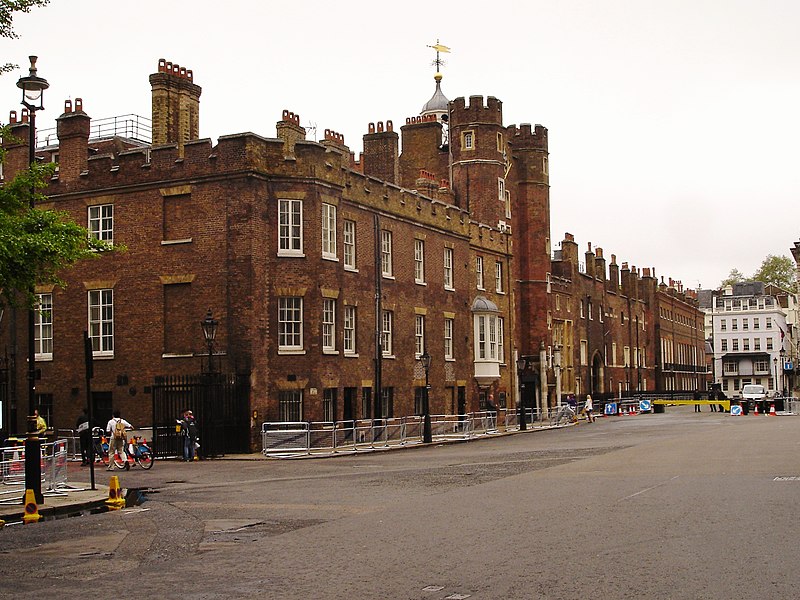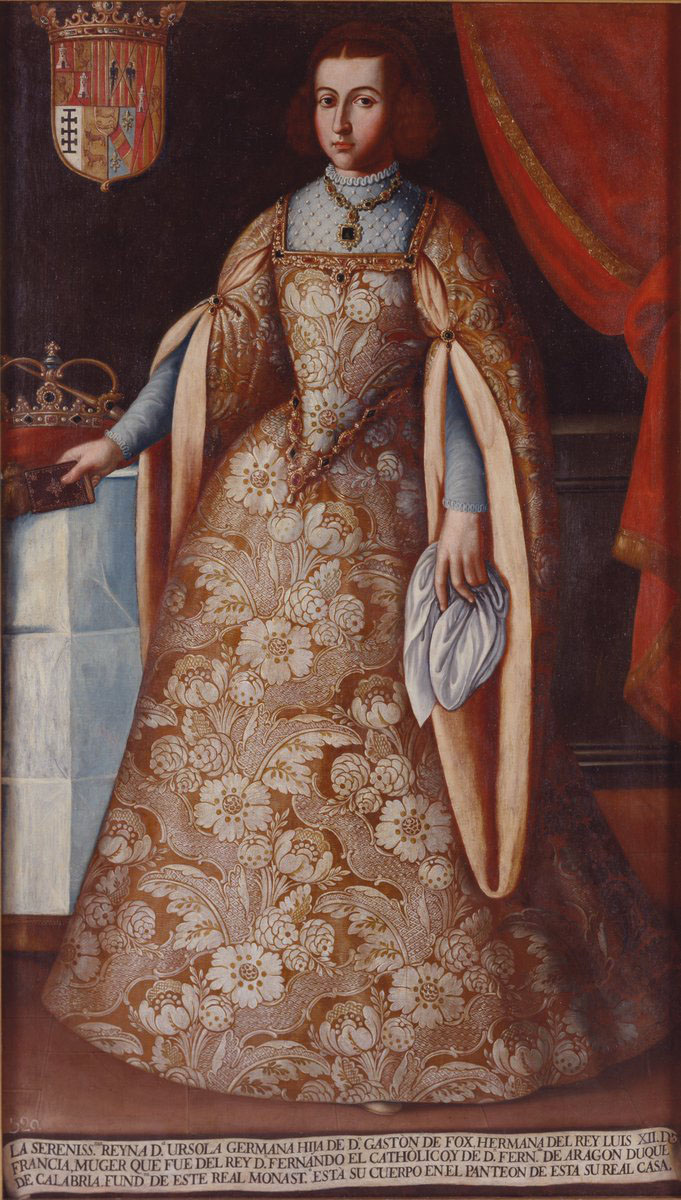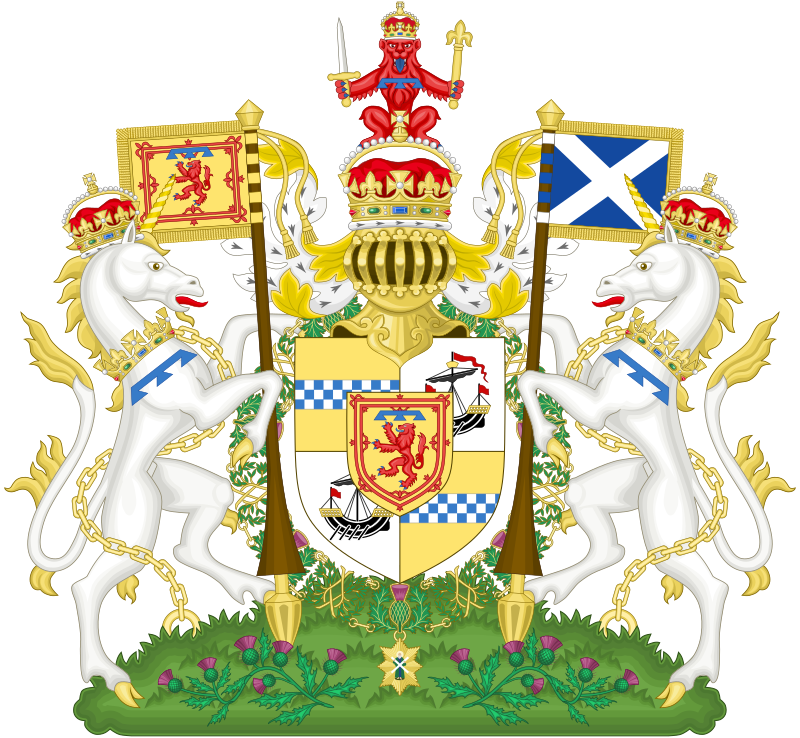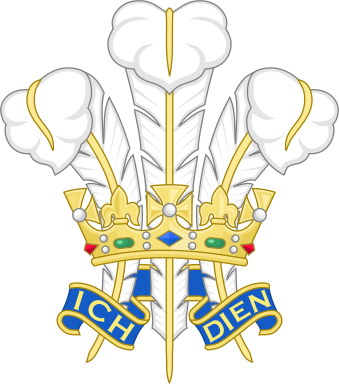by Susan Flantzer
© Unofficial Royalty 2017

Accession Council of Queen Victoria by Sir David Wilkie, 1838; Credit – Royal Collection Trust
Usually, within 24 hours of the monarch’s death, the Accession Council meets at St. James’ Palace in London to formally proclaim the accession of the deceased monarch’s successor. Upon the death of the monarch, there is an immediate transference of power. The heir to the throne becomes the new monarch immediately upon his/her predecessor’s death. The Accession Council confirms by name the identity of the heir who has succeeded.

St. James’ Palace in London where the Accession Council meets; By Brian Harrington Spier from Shanghai, China – Diamond Jubilee: 3rd June 2012, CC BY-SA 2.0, https://commons.wikimedia.org/w/index.php?curid=39691524
The Accession Council consists of all Privy Counsellors, Great Officers of State, Lord Mayor of London, the Court of Aldermen, and High Commissioners of the Realms. The largest contingent of the Accession Council comes from Privy Council, a formal group of advisers to the monarch, which has hundreds of members composed mostly of politicians and civil servants, both current and retired, all of whom are appointed for life. Usually, several members of the Royal Family are members of the Privy Council. Currently, Queen Consort Camilla and Prince William, The Prince of Wales are members of the Privy Council.
(Left to right) Privy Counsellors: Current Labour leader Sir Keir Starmer, former Prime Ministers Tony Blair, Gordon Brown, Boris Johnson, David Cameron, Theresa May, and John Major ahead of the Accession Council ceremony at St James’s Palace, London, where King Charles III is formally proclaimed monarch on September 10, 2022
The Privy Council Office will send notices to all Privy Counsellors advising them of the Accession Council. Not all Privy Counsellors will be able to attend at such short notice, but that will not affect the process of the Accession Council. Traditionally, invitations are also sent to the Lord Mayor of London, the Court of Aldermen, and the High Commissioners of the Realms.
The Accession Council is presided over by the Lord President of the Council, and is divided into two parts:
- Part l: Without the presence of the new monarch, the new monarch is proclaimed and certain orders are made relating to the Proclamation.
- Part ll: The new monarch holds his or her first Council.
Usually, but not always, Part II directly follows Part I. When King George VI died on February 6, 1952, his successor Queen Elizabeth II was in Kenya. Part I of the Accession Council was held on February 6, 1952, at 5 PM. Upon Queen Elizabeth II’s return from Kenya, Part II was held on February 8, 1952, at 10 AM.
During Part I of the Accession Council, the Lord President of the Council announces the recent death of the monarch and then calls upon the Clerk of the Council to read aloud the Accession Proclamation. The following is the Accession Proclamation used for King Charles III on September 10, 2022. It is expected that future Accession Proclamations will follow a similar format.
Whereas it has pleased Almighty God to call to His mercy our late Sovereign Lady Queen Elizabeth the Second of Blessed and Glorious memory, by whose Decease the Crown of the United Kingdom of Great Britain and Northern Ireland is solely and rightfully come to the Prince Charles Philip Arthur George:
We, therefore, the Lords Spiritual and Temporal of this Realm, and members of the House of Commons, together with other members of Her late Majesty’s Privy Council, and representatives of the Realms and Territories, Aldermen, and citizens of London and others, do now hereby, with one Voice and Consent of Tongue and Heart, publish and proclaim, that the Prince Charles Philip Arthur George, is now, by the Death of our late Sovereign of happy Memory, become our only lawful and rightful Liege Lord Charles the Third, by the Grace of God, of the United Kingdom of Great Britain and Northern Ireland, and of his other Realms and Territories, King, Head of the Commonwealth, Defender of the Faith: To whom we do acknowledge all Faith and Obedience, with humble affection: beseeching God, by whom Kings and Queens do reign, to bless His Majesty with long and happy years to reign over Us.
Given at St James’s Palace this tenth day of September in the year of our Lord two thousand and twenty-two.
God Save the King.
Then the Accession Proclamation is signed by any members of the Royal Family present who are Privy Counsellors, the Archbishop of Canterbury, the Lord Chancellor, the Archbishop of York, the Prime Minister, the Lord Privy Seal, the Lord Great Chamberlain, the Earl Marshal, and the Lord President of the Council. After the signing, the Accession Council deals with orders regarding the public readings of the Accession Proclamation and the traditional firing of guns at Hyde Park and the Tower of London.
King Charles III reads his personal Declaration. The Prince of Wales and Queen Consort Camilla are on the left.
Part II of the Accession Council is attended by the new monarch along with only the Privy Counsellors. This part begins with the new monarch’s personal Declaration relating to the death of the previous monarch. On September 10, 2022, King Charles III said:
My Lords, Ladies, and Gentlemen
It is my most sorrowful duty to announce to you the death of my beloved mother the Queen. I know how deeply you and the entire nation and I think I may say the whole world sympathizes with me in the irreparable loss we have all suffered. It is the greatest consolation to me to know of the sympathy expressed by so many to my sister and my brothers and as such overwhelming affection and support should be extended to our whole family in our loss. To all of us as a family.
As to this kingdom and to the wider family of nations of which it is a part, my mother gave an example of lifelong love and of selfless service. My mother’s reign was unequaled in its duration, its dedication and its devotion. Even as we grieve we give thanks for this most faithful life. I am deeply aware of this great inheritance and of the duties and heavy responsibilities of sovereignty, which have now passed to me. In taking up these responsibilities I shall strive to follow the inspiring example I have been set in upholding constitutional government and to seek the peace, harmony and prosperity of the peoples of these islands, and of the commonwealth realms and territories across the world. In this purpose I know that I shall be upheld by the affection and loyalty of the peoples whose sovereign I have been called upon to be, and in the discharge of these duties, I will be guided by the council of their elected parliaments.
“In all this, I am profoundly encouraged by the constant support of my beloved wife. I take this opportunity to confirm my willingness and intention to continue the tradition of surrendering the hereditary revenues, including the crown estate to the government for the benefit of all in return for the sovereign grant which supports my official duties as head of state and head of nation.
In carrying out the heavy task that has been laid upon me, to which I dedicate what remains to me of my life. I pray for the guidance and help of almighty God.
Under the Acts of Union 1707 which united the kingdoms of England and Scotland, the new monarch is required to make an oath to “maintain and preserve” the Church of Scotland. This oath is normally made at the Accession Council. The new monarch reads aloud the oath:
I, [INSERT TITLE] by the Grace of God of the United Kingdom of Great Britain and Northern Ireland and of My other Realms and Territories King, Defender of the Faith, do faithfully promise and swear that I shall inviolably maintain and preserve the Settlement of the true Protestant Religion as established by the Laws made in Scotland in prosecution of the Claim of Right and particularly by an Act intituled “An Act for securing the Protestant Religion and Presbyterian Church Government” and by the Acts passed in the Parliament of both Kingdoms for Union of the two Kingdoms, together with the Government, Worship, Discipline, Rights and Privileges of the Church of Scotland. So help me God.
The new monarch then signs two copies of the oath. The signing is witnessed by any members of the Royal Family present who are Privy Counsellors, the Lord Chancellor, the Secretary of State for Scotland, the First Minister of Scotland, the Lord Advocate of Scotland, the Advocate General for Scotland, and the Lord President of the Court of Session. The Lord President of the Council then reads the remaining items on the List of Business which mainly concern the use of the Seals, such as the Great Seal of the Realm that is used to symbolize the monarch’s approval of important state documents.

The Great Seal attached to a charter; By Mo McRoberts – Own work, CC BY 3.0, https://commons.wikimedia.org/w/index.php?curid=29936001
This article is the intellectual property of Unofficial Royalty and is NOT TO BE COPIED, EDITED, OR POSTED IN ANY FORM ON ANOTHER WEBSITE under any circumstances. It is permissible to use a link that directs to Unofficial Royalty.
Works Cited
“Accession council.” Wikipedia. N.p.: Wikimedia Foundation, 29 Dec. 2016. Web. 22 Feb. 2017.
“The Accession council.” Privy Council. 2010. Web. 22 Feb. 2017.



















